Home>Gardening & Outdoor>Plant Care & Gardening Tips>What Time Of Year Do Mums Bloom
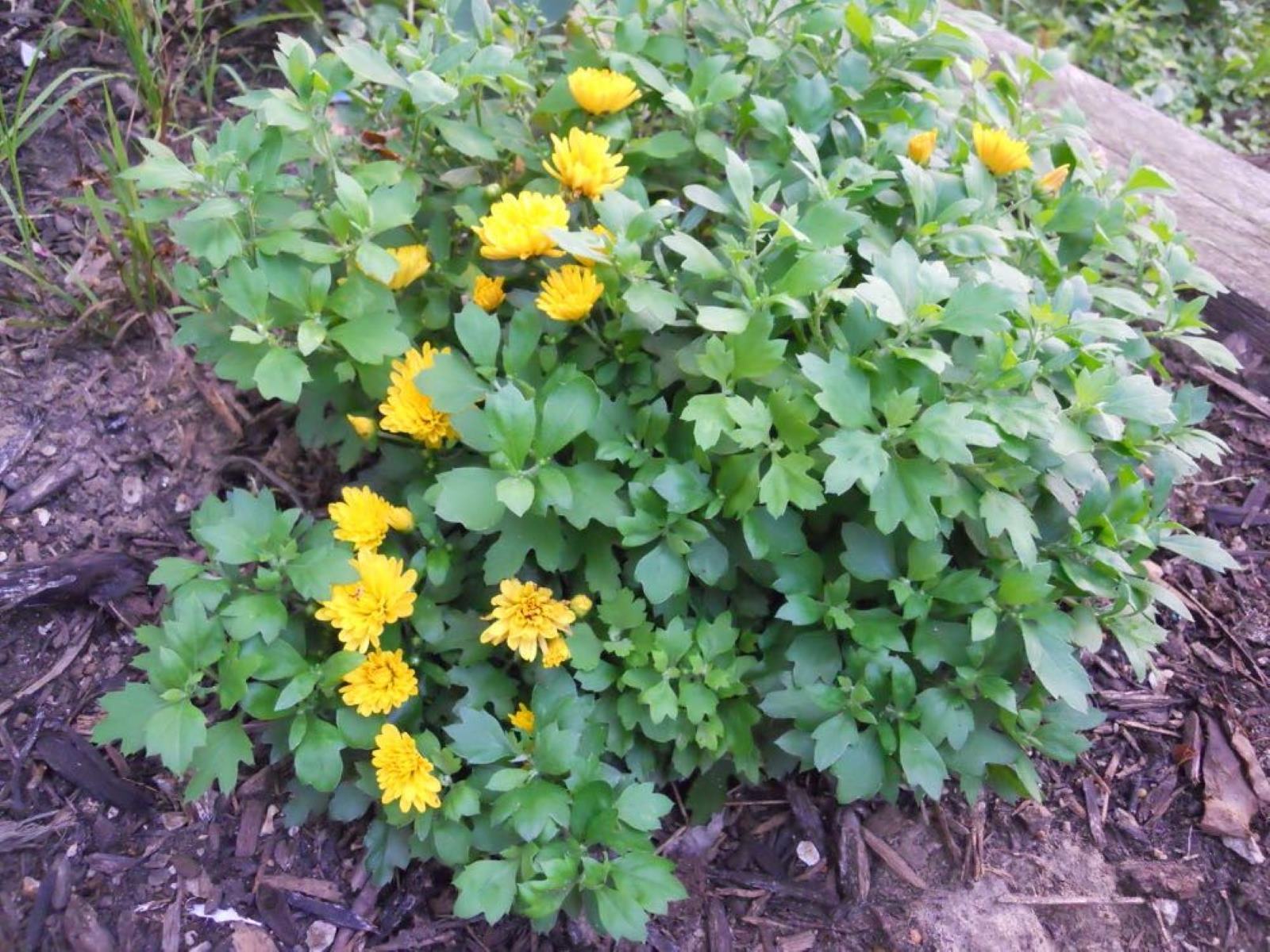

Plant Care & Gardening Tips
What Time Of Year Do Mums Bloom
Published: February 26, 2024
Discover the best time of year for mums to bloom and get expert plant care and gardening tips. Learn how to ensure your mums thrive and bloom beautifully.
(Many of the links in this article redirect to a specific reviewed product. Your purchase of these products through affiliate links helps to generate commission for Storables.com, at no extra cost. Learn more)
Introduction
Mums, scientifically known as Chrysanthemums, are beloved for their vibrant blooms and are a staple in many gardens. These resilient and versatile plants have captured the hearts of gardeners and flower enthusiasts worldwide. One of the most common questions that arise among those who adore these blossoms is, "What time of year do mums bloom?"
Understanding the blooming patterns of mums is essential for cultivating a thriving garden. Whether you are a seasoned gardener or a novice enthusiast, knowing when to expect the spectacular display of mum blooms can elevate your gardening experience. In this comprehensive guide, we will delve into the factors influencing mum blooming and explore the distinct blooming seasons of these enchanting flowers. By the end of this article, you will gain valuable insights into the optimal conditions for nurturing mums and witnessing their magnificent blooms.
Key Takeaways:
- Mums bloom in late summer to fall, thriving in full sunlight and cooler temperatures. Understanding factors like soil quality and pruning can help gardeners nurture vibrant and long-lasting mum blooms.
- Spring brings rejuvenation and vibrant mum blooms, while fall showcases the pinnacle of their blooming cycle. The transition from bud to bloom is a captivating spectacle, infusing outdoor spaces with warmth and vitality.
Read more: What To Do With Mums After They Bloom
Understanding Mums
Chrysanthemums, commonly referred to as mums, are flowering plants that belong to the Asteraceae family. These vibrant blooms are native to Asia and northeastern Europe, and they have been cultivated for centuries, resulting in a wide array of cultivars with diverse colors, shapes, and sizes. Mums are renowned for their resilience and adaptability, thriving in various climates and soil conditions.
These perennial plants exhibit a bushy growth habit, with sturdy stems and lush foliage that provides an attractive backdrop for their stunning blooms. The flowers themselves come in an assortment of forms, including daisy-like, pompon, and decorative, offering a rich tapestry of textures and colors to adorn any garden.
Mums are celebrated for their extended blooming period, which typically spans from late summer to fall, depending on the specific cultivar and environmental factors. Their ability to bloom during this time makes them a valuable addition to gardens, as they infuse vibrant hues into the landscape when many other plants are winding down for the season.
Understanding the growth habits and blooming characteristics of mums is crucial for successful cultivation. By comprehending their preferences for sunlight, soil, and water, gardeners can create an optimal environment for these resilient plants to thrive. Additionally, being aware of the different varieties and their unique blooming patterns empowers gardeners to curate a diverse and visually captivating display of mums in their outdoor spaces.
In essence, delving into the intricacies of mums allows gardeners to appreciate the depth of their beauty and the versatility they bring to garden landscapes. With this understanding, enthusiasts can harness the full potential of these enchanting blooms, creating a tapestry of colors and textures that captivates the senses and uplifts outdoor spaces.
Factors Affecting Mum Blooming
The blooming of mums, like many flowering plants, is influenced by a myriad of factors that collectively contribute to their growth and flowering patterns. Understanding these factors is pivotal for nurturing healthy and vibrant mum blooms in your garden. Let's delve into the key elements that impact the blooming of mums:
1. Sunlight:
Mums thrive in full sunlight, requiring at least six hours of direct sunlight daily to promote robust blooming. Adequate exposure to sunlight stimulates the production of essential nutrients and energy through photosynthesis, which is crucial for the development of vibrant and abundant blooms.
2. Temperature:
Temperature plays a significant role in mum blooming. These plants typically initiate blooming when exposed to cooler temperatures, signaling the transition from vegetative growth to the reproductive phase. Cooler fall temperatures are particularly conducive to triggering the blooming process, making mums a delightful addition to autumn gardens.
Read more: How Long Do Mums Bloom
3. Soil Quality:
The quality of the soil directly impacts the blooming of mums. Well-draining soil with good fertility and a slightly acidic to neutral pH level is ideal for promoting healthy growth and prolific blooming. Additionally, incorporating organic matter into the soil enhances its structure and fertility, providing an optimal foundation for mum plants to flourish.
4. Watering:
Proper watering is essential for mum blooming. These plants prefer consistently moist soil, but it's crucial to avoid waterlogged conditions, as excessive moisture can lead to root rot and hinder blooming. Striking a balance by providing sufficient hydration without waterlogging the soil is key to supporting robust and continuous blooming.
5. Pruning and Deadheading:
Regular pruning and deadheading are vital practices for encouraging continuous blooming in mums. Removing spent blooms and trimming back leggy growth promotes the generation of new buds and stimulates the plant to redirect its energy towards producing fresh blooms, extending the blooming period.
6. Fertilization:
Appropriate fertilization supports healthy growth and prolific blooming in mums. Utilizing a balanced, slow-release fertilizer formulated for flowering plants provides the essential nutrients needed for robust blooming without promoting excessive vegetative growth.
By considering and optimizing these factors, gardeners can create an environment that nurtures the optimal blooming of mums, resulting in a breathtaking display of vibrant and long-lasting blooms in their outdoor spaces.
Read more: When Do Mums Bloom In Michigan
Spring Blooming
Spring marks a period of rejuvenation and renewal in the natural world, and for mums, it serves as a crucial phase in their blooming cycle. As the days lengthen and temperatures begin to rise, mum plants emerge from their winter dormancy and embark on a journey towards a spectacular spring blooming display.
During the early stages of spring, mums exhibit signs of new growth, with fresh green foliage unfurling and sturdy stems reaching towards the warming sun. This period of vegetative growth sets the stage for the impending burst of blooms that will adorn the plants in the coming months.
As the season progresses, the increasing daylight triggers a surge of energy within the mum plants, propelling them towards the development of vibrant buds. These nascent buds hold the promise of the breathtaking blooms that are synonymous with mums, and they gradually swell and mature under the nurturing embrace of the spring sun.
The transition from bud to bloom is a captivating spectacle to behold, as the tightly wrapped petals gradually unfurl, revealing a kaleidoscope of colors that punctuate the landscape with their radiant beauty. The arrival of spring blooms heralds the onset of a vibrant and dynamic season, infusing outdoor spaces with a sense of vitality and exuberance.
Gardeners who have meticulously tended to their mum plants throughout the preceding seasons are rewarded with a symphony of hues as the blooms unfurl, creating a captivating tapestry of colors that captivates the senses and uplifts the spirit. The sight of mums in full bloom during spring serves as a testament to the dedication and care invested in nurturing these resilient plants.
The spring blooming period for mums is a time of celebration, as it signifies the triumphant return of nature's splendor after the subdued hues of winter. It offers a glimpse of the resplendent displays that are yet to come, foreshadowing the abundant beauty that will grace gardens and outdoor spaces in the months ahead.
In essence, the spring blooming of mums encapsulates the essence of renewal and vitality, infusing the natural world with a profusion of colors and textures that symbolize the enduring resilience and beauty of these beloved flowering plants.
Fall Blooming
Fall heralds the arrival of a transformative season, characterized by nature's vibrant transition as foliage adorns itself in a kaleidoscope of rich, warm hues. For mums, this season holds particular significance, as it marks the pinnacle of their blooming cycle, culminating in a breathtaking display of color and vitality.
As the days gradually shorten and the temperatures begin to cool, mum plants undergo a remarkable metamorphosis in preparation for their magnificent fall blooming. The waning sunlight serves as a catalyst, signaling to the mums that it's time to channel their energy into the production of resplendent blooms. This natural cue triggers a cascade of biological processes within the plants, propelling them towards the culmination of their blooming journey.
The transition from late summer to early fall is a pivotal period for mum plants, as they shift their focus from vegetative growth to the formation of buds that hold the promise of the forthcoming blooms. The gradual emergence of these nascent buds is a testament to the meticulous care and nurturing provided to the mums throughout the preceding seasons, as they now stand poised to unveil their crowning glory.
As the days progress and the temperatures continue to mellow, the buds on the mum plants steadily swell and mature, brimming with the potential to unfurl into a resplendent array of colors. The anticipation builds as the tightly wrapped petals gradually yield to the gentle embrace of the autumn breeze, revealing a breathtaking tapestry of blooms that captivates the senses and enriches the outdoor landscape.
The fall blooming of mums is a sight to behold, as it signifies nature's grand finale before the tranquil slumber of winter sets in. The vibrant hues of the mum blooms serve as a poignant reminder of the fleeting yet profound beauty that graces the natural world, infusing outdoor spaces with a sense of warmth and vitality during the autumnal transition.
Gardeners and enthusiasts who have nurtured their mum plants with unwavering dedication are rewarded with a spectacle that transcends the ordinary, as the fall blooms unfurl in a symphony of colors, textures, and fragrances. This breathtaking display serves as a testament to the resilience and enduring allure of mums, enriching the outdoor landscape and uplifting the spirits of all who behold it.
In essence, the fall blooming of mums encapsulates the essence of transition and abundance, offering a poignant reminder of nature's capacity for transformation and renewal. It stands as a testament to the enduring beauty and resilience of these beloved flowering plants, enriching the natural tapestry with a flourish of captivating blooms.
Conclusion
In conclusion, the blooming of mums is a captivating journey that unfolds across the seasons, offering a symphony of colors and textures that enrich outdoor spaces and captivate the senses. Understanding the factors that influence mum blooming, from sunlight and temperature to soil quality and watering, empowers gardeners to create an optimal environment for these resilient plants to thrive. By harnessing this knowledge, enthusiasts can cultivate a diverse and visually captivating display of mums in their gardens, infusing the natural tapestry with a profusion of vibrant blooms.
The spring blooming of mums heralds the rejuvenation of the natural world, as these resilient plants unfurl their vibrant blooms, punctuating the landscape with a kaleidoscope of colors. The arrival of spring blooms signifies the triumphant return of nature's splendor, infusing outdoor spaces with a sense of vitality and exuberance. It serves as a testament to the dedication and care invested in nurturing these beloved flowering plants, offering a glimpse of the resplendent displays that are yet to come.
As the seasons transition into fall, mums reach the pinnacle of their blooming cycle, culminating in a breathtaking display of color and vitality. The vibrant hues of the mum blooms serve as a poignant reminder of the fleeting yet profound beauty that graces the natural world, infusing outdoor spaces with a sense of warmth and vitality during the autumnal transition. The fall blooming of mums stands as a testament to the enduring beauty and resilience of these beloved flowering plants, enriching the natural tapestry with a flourish of captivating blooms.
In essence, the blooming of mums encapsulates the essence of transition and abundance, offering a poignant reminder of nature's capacity for transformation and renewal. It stands as a testament to the enduring beauty and resilience of these beloved flowering plants, enriching the natural tapestry with a flourish of captivating blooms. By embracing the nuances of mum blooming, gardeners can partake in a timeless dance with nature, witnessing the ever-changing yet enduring beauty of these beloved blooms.
Frequently Asked Questions about What Time Of Year Do Mums Bloom
Was this page helpful?
At Storables.com, we guarantee accurate and reliable information. Our content, validated by Expert Board Contributors, is crafted following stringent Editorial Policies. We're committed to providing you with well-researched, expert-backed insights for all your informational needs.
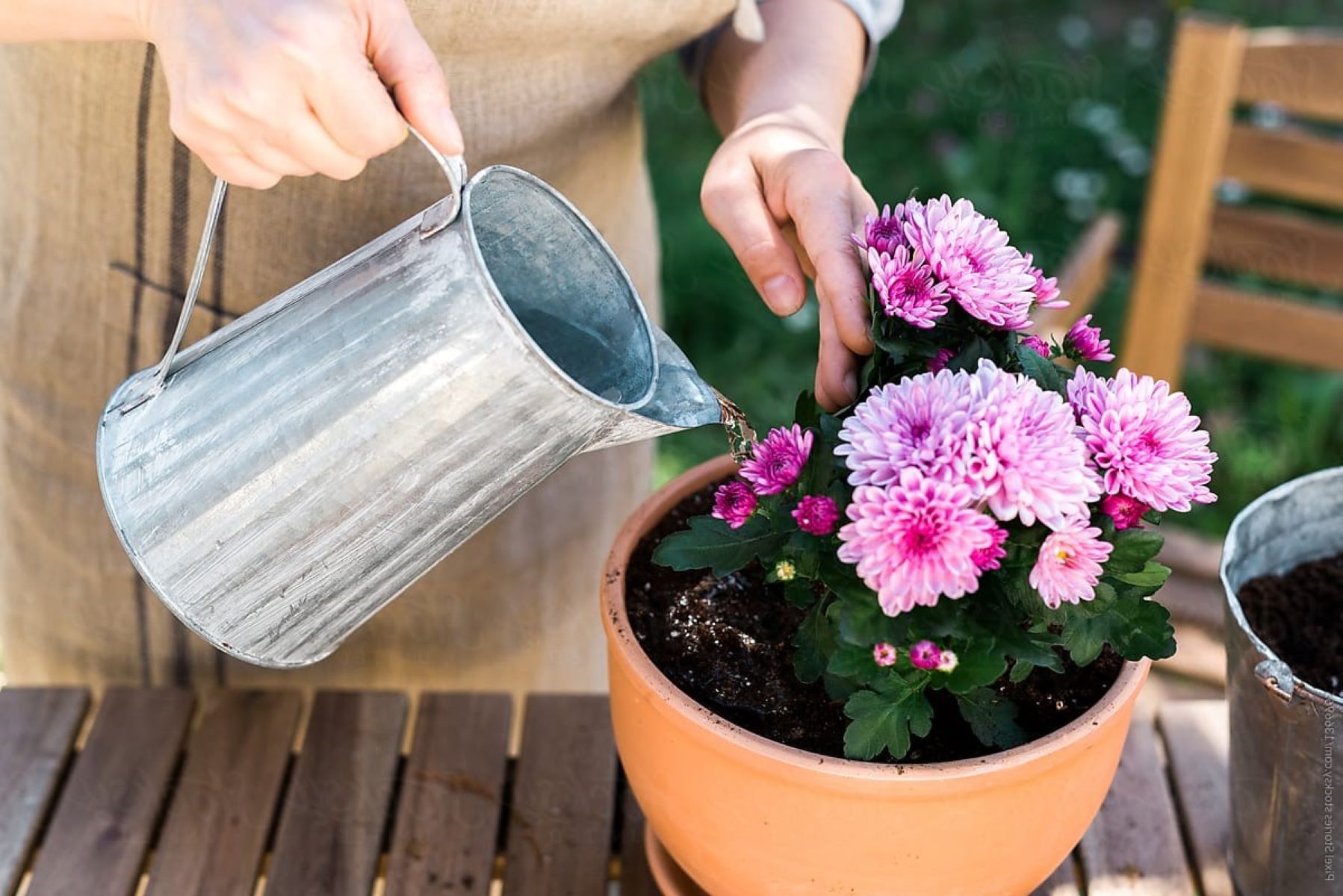
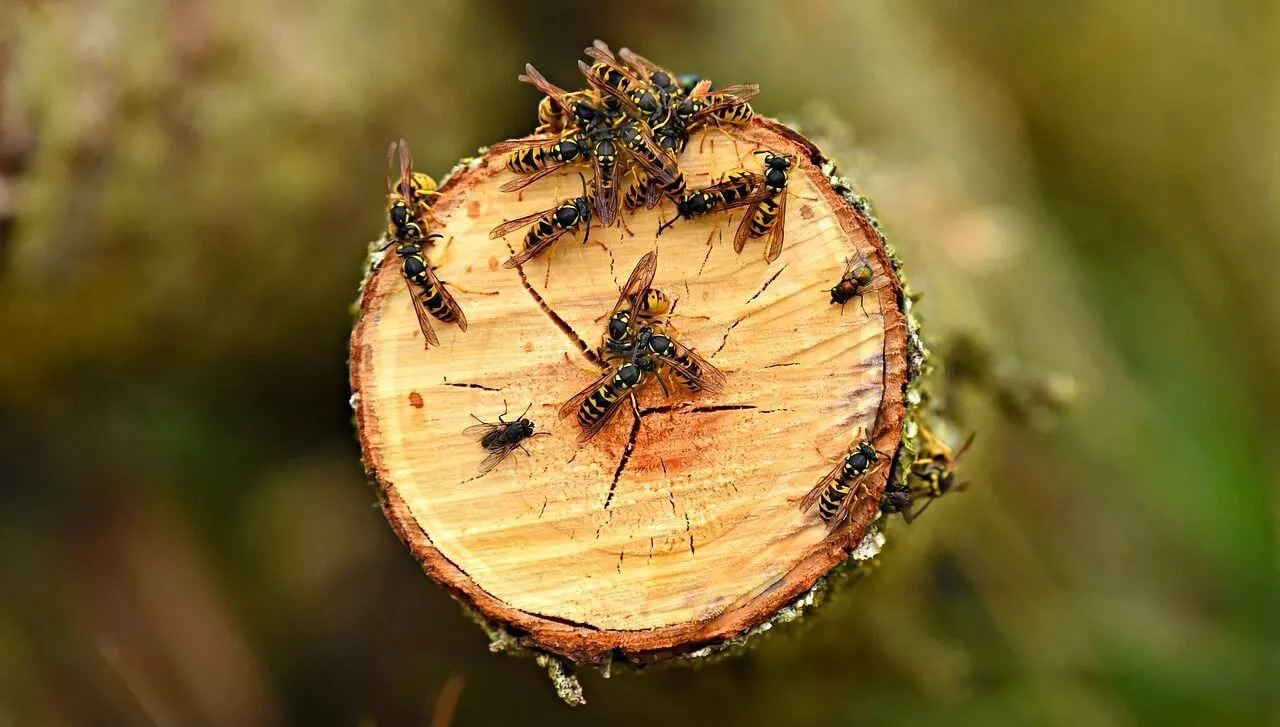
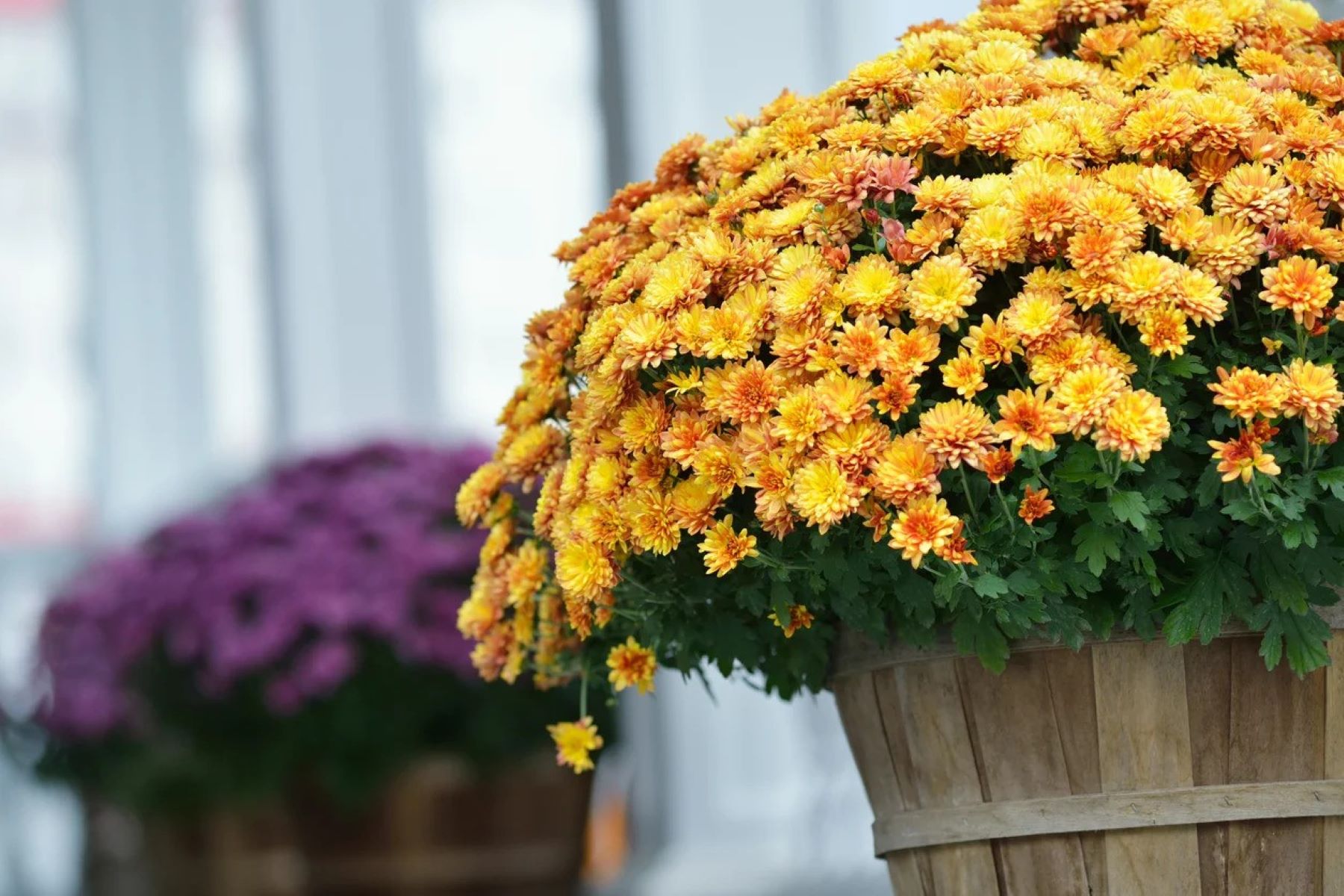
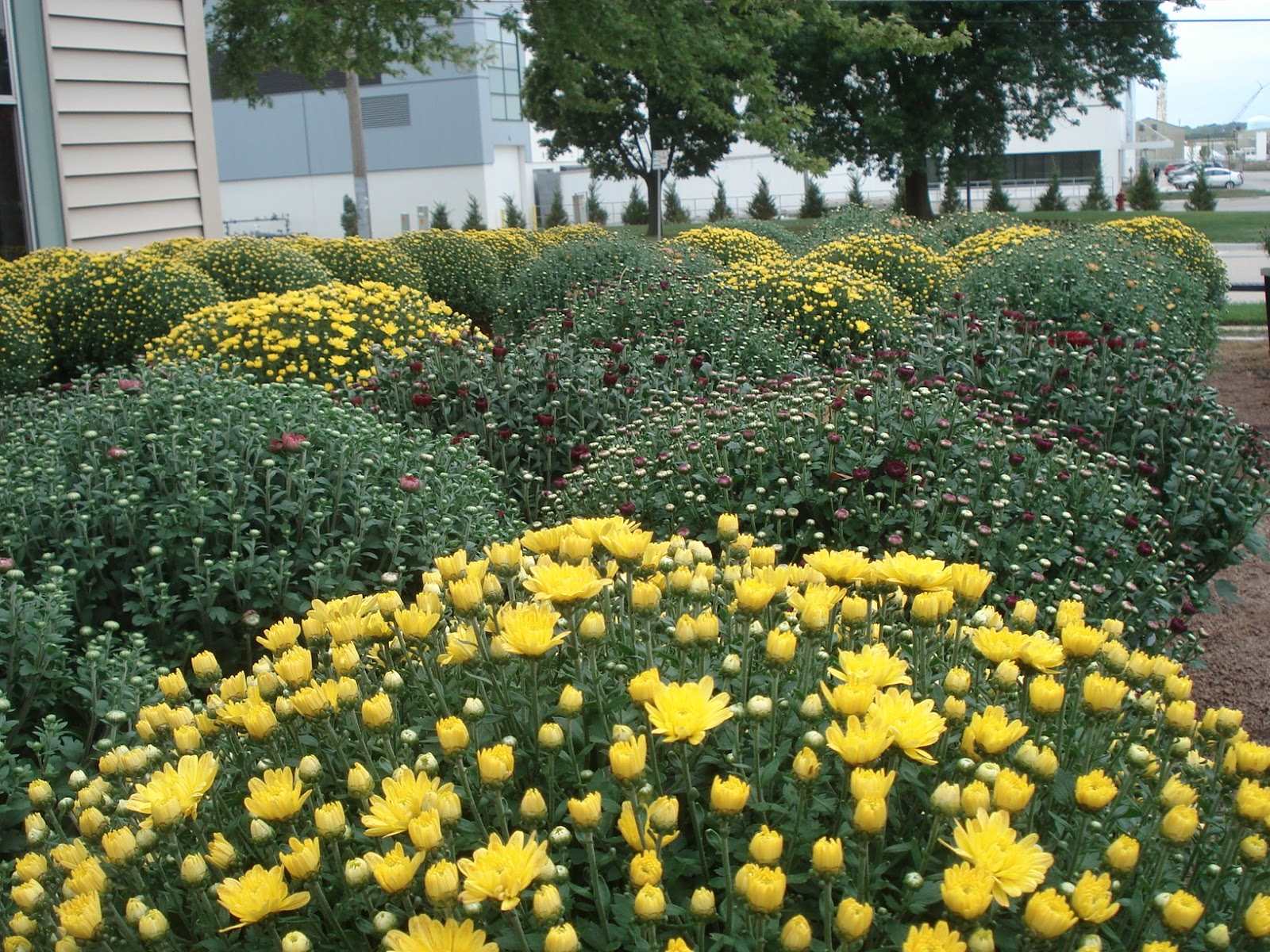
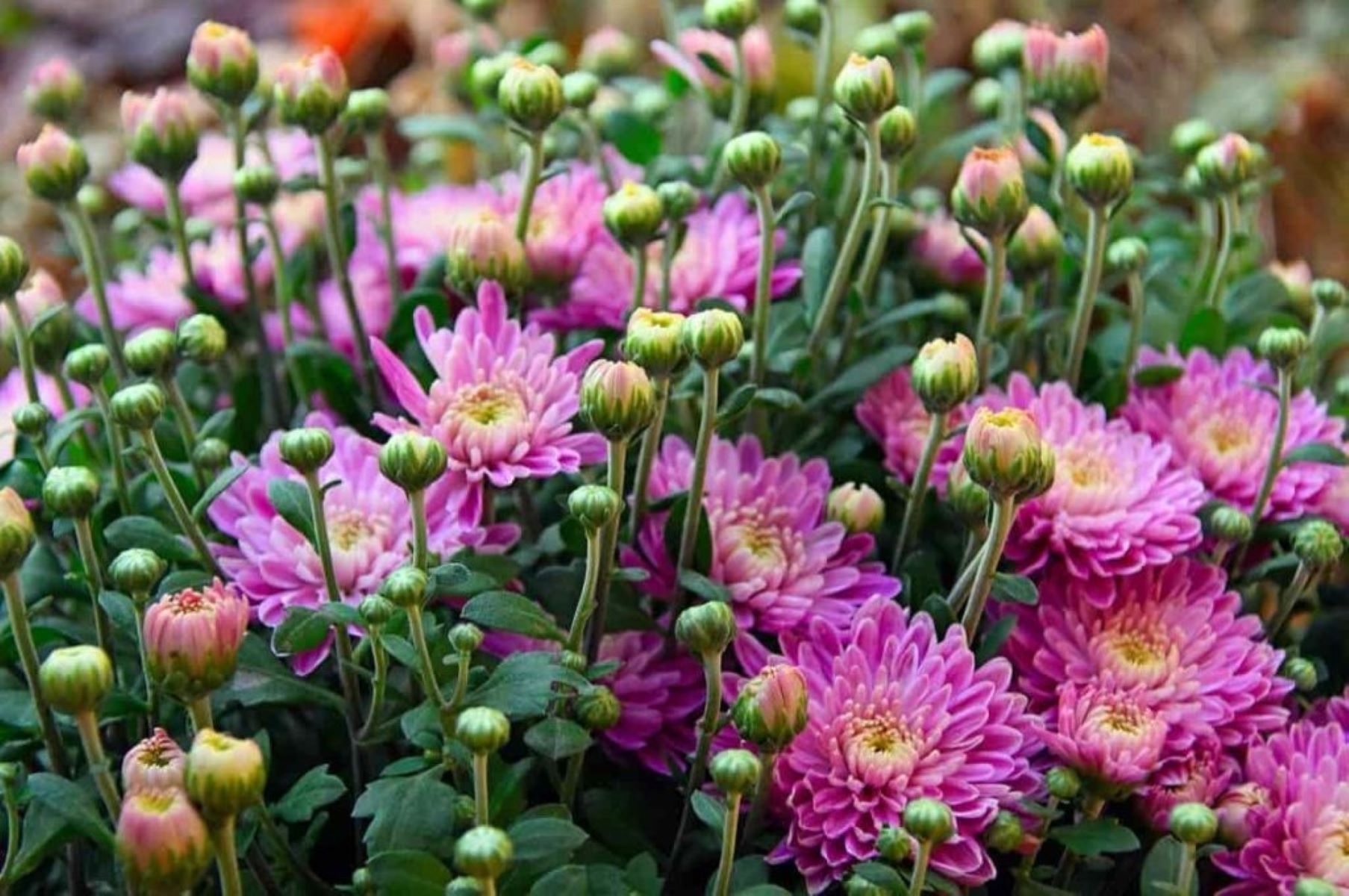


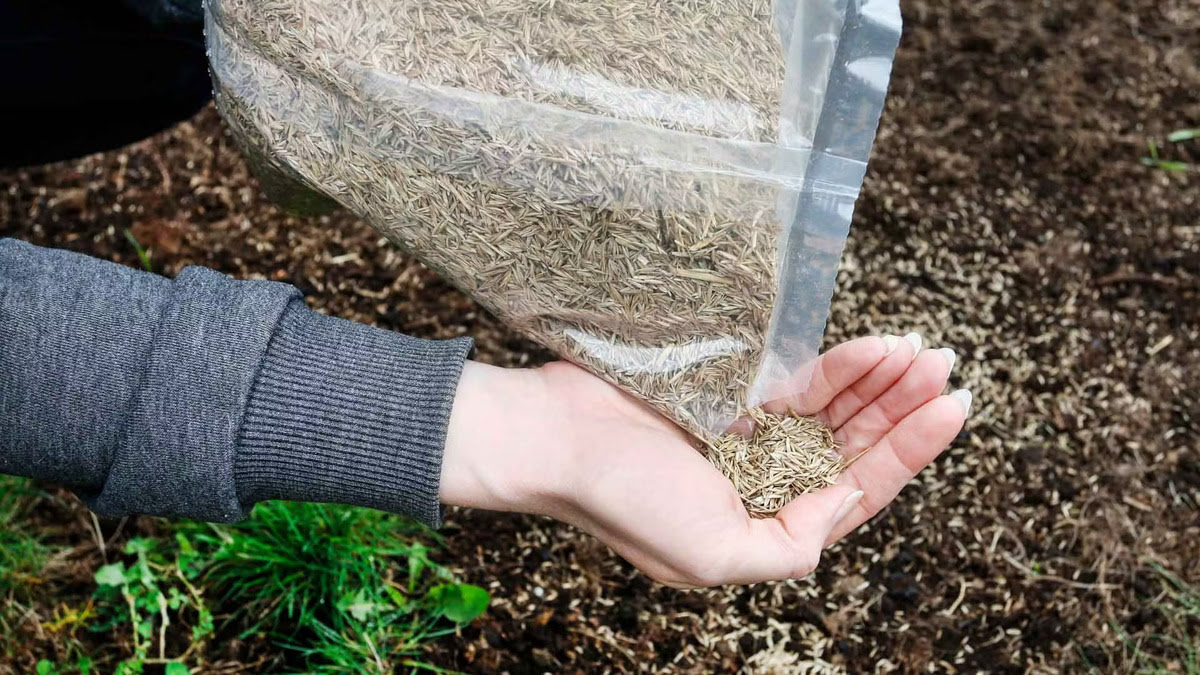

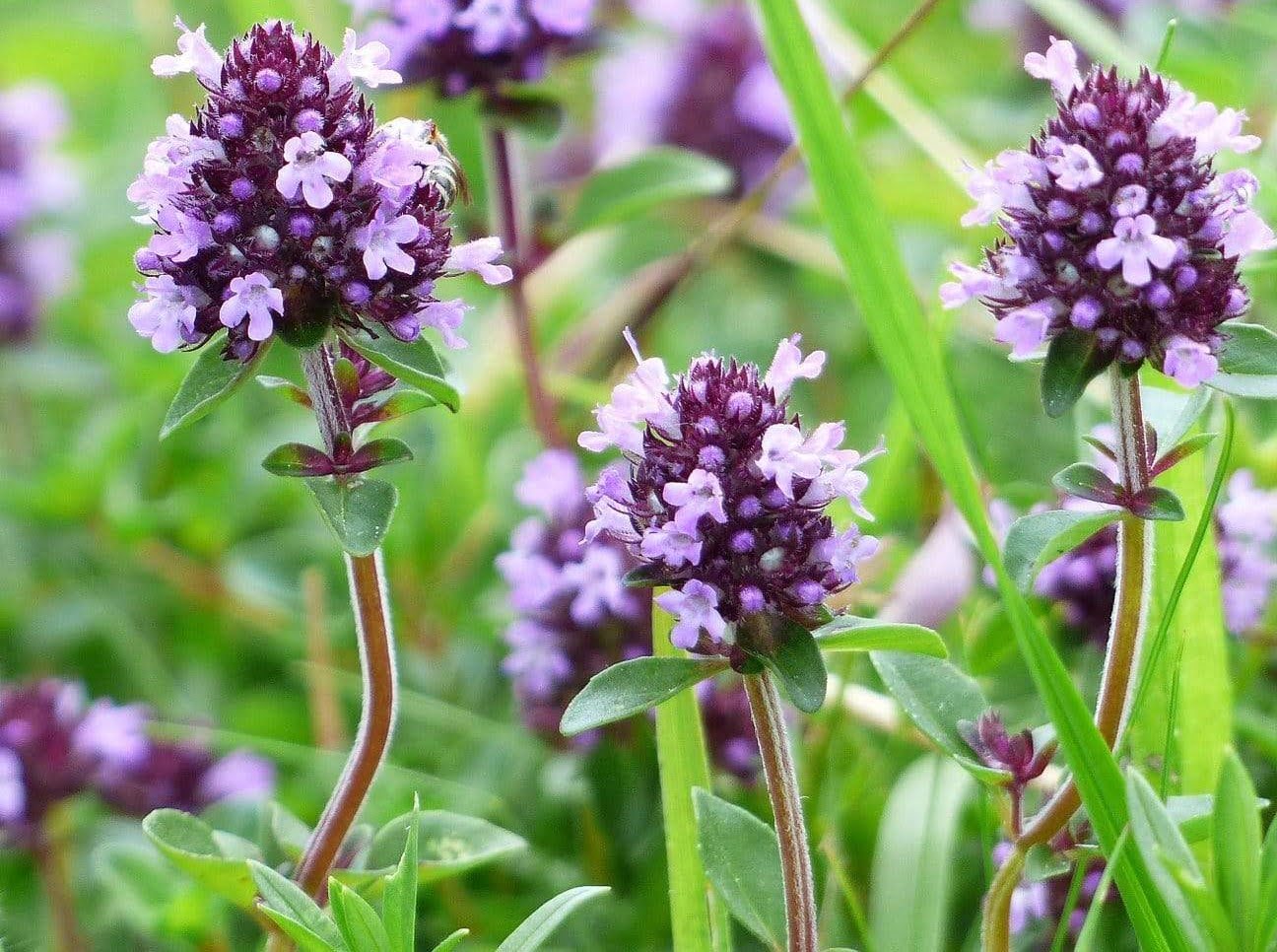


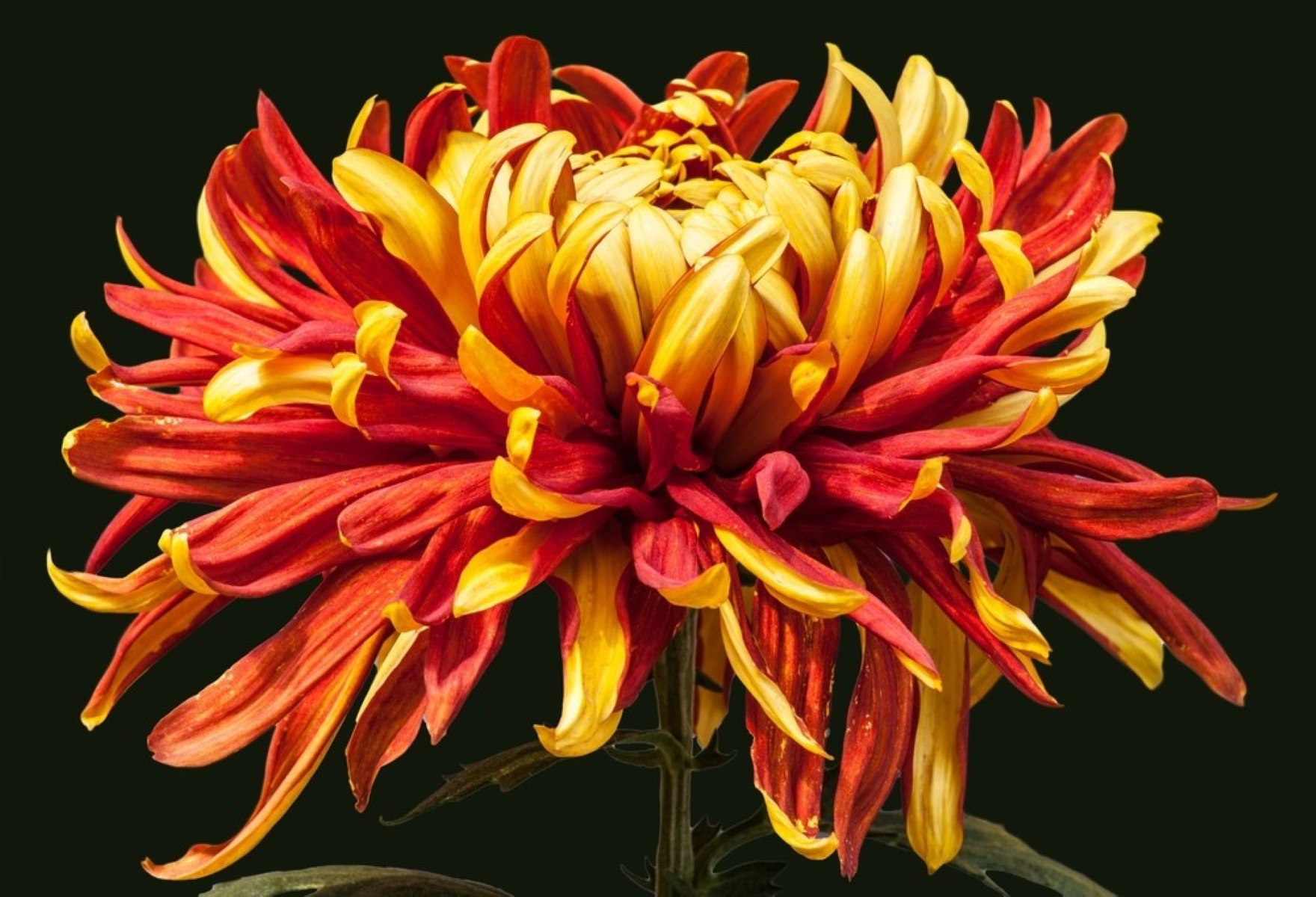

0 thoughts on “What Time Of Year Do Mums Bloom”